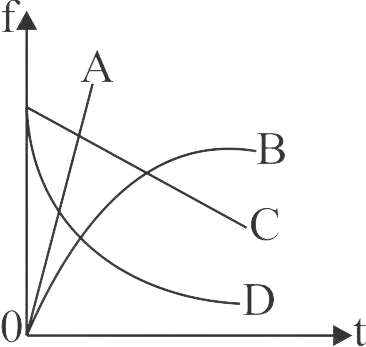363984 Substance \(A\) has atomic mass number 16 and half life of 1 day. Another substance \(B\) has atomic mass number 32 and half life of \(1 / 2\) day. If both \(A\) and \(B\) simultaneously start undergo radioactivity at the same time with initial mass \(320\,g\) each, how many total atoms of \(A\) and \(B\) combined would be left after 2 days.
363984 Substance \(A\) has atomic mass number 16 and half life of 1 day. Another substance \(B\) has atomic mass number 32 and half life of \(1 / 2\) day. If both \(A\) and \(B\) simultaneously start undergo radioactivity at the same time with initial mass \(320\,g\) each, how many total atoms of \(A\) and \(B\) combined would be left after 2 days.
363984 Substance \(A\) has atomic mass number 16 and half life of 1 day. Another substance \(B\) has atomic mass number 32 and half life of \(1 / 2\) day. If both \(A\) and \(B\) simultaneously start undergo radioactivity at the same time with initial mass \(320\,g\) each, how many total atoms of \(A\) and \(B\) combined would be left after 2 days.
363984 Substance \(A\) has atomic mass number 16 and half life of 1 day. Another substance \(B\) has atomic mass number 32 and half life of \(1 / 2\) day. If both \(A\) and \(B\) simultaneously start undergo radioactivity at the same time with initial mass \(320\,g\) each, how many total atoms of \(A\) and \(B\) combined would be left after 2 days.

